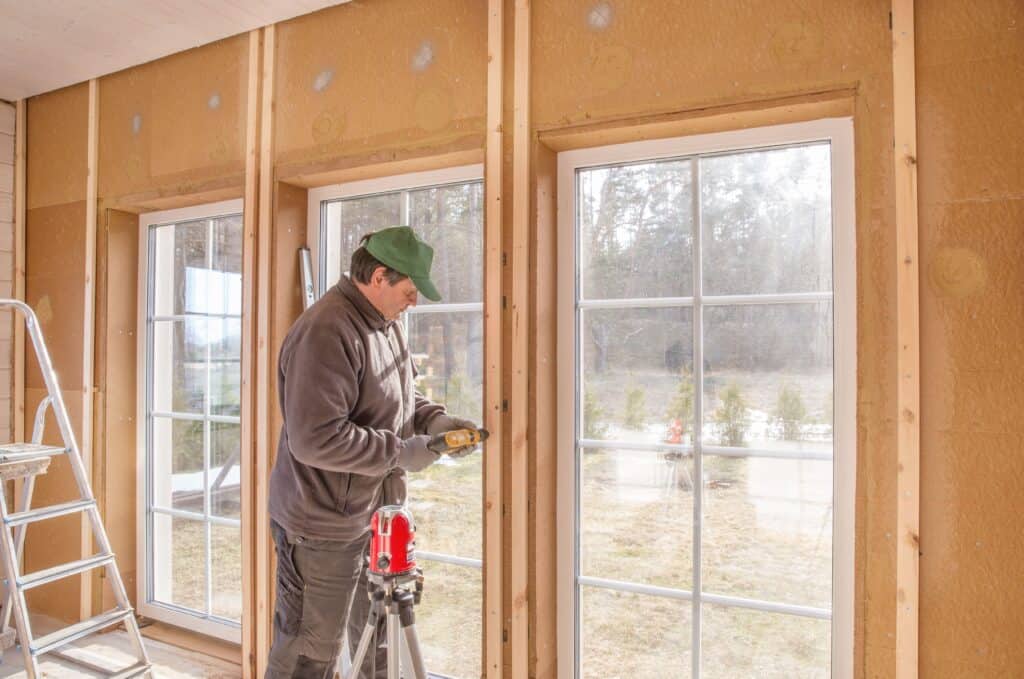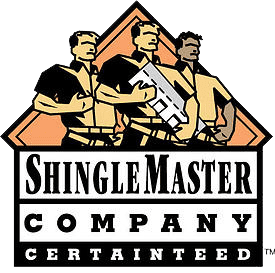Pros and Cons of Metal Roofing vs shingles
Homeowners are always looking for ways to save money. While there are many different options, one of the most popular is metal roofing vs. shingles. This post will discuss the differences between these two types of roofs and which might be best for you!
Metal Roofing
Metal roofs are a durable option that can potentially last the life of your home. They’re made from a variety of metal materials, including steel, aluminum, and copper. Metal roofs have a longer lifespan than asphalt shingles and added benefits such as hurricane resistance and energy efficiency. The main concerns for metal roofing are its higher cost and how it can be challenging to find someone who will install it.
Asphalt Shingles
Many people choose asphalt shingles for their roofs because they are affordable, easy to maintain, and come in various colors. It’s essential, though, to remember that these roofs require regular maintenance to ensure they last as long as possible. Common problems with asphalt shingles include water damage, moss growth, and ice dams during the winter months.
When choosing a roof type for your home, cost should not be the only factor. Make sure to consider other things like durability, maintenance, and installation before making your decision.
PROs and CONs of Each
Metal roofs are durable, long-lasting, and environmentally friendly. Asphalt shingles (the most common type of residential roofing) are less expensive and easy to install. Each has advantages; both offer protection from the elements, but they’re quite different in terms of the installation process, cost, and long-term durability.
Asphalt shingles are lightweight (about 5 pounds per square foot) and easy to install. The mineral granules used for coloring are typically made of crushed stone or ground glass, making them an environmentally-friendly choice. They’re also pretty affordable—a starter bundle (three bundles with 80 square feet of roofing each) typically material costs are about $75 at a home center, and you can get a 3-inch-wide starter bundle of the premium architectural shingles found on most pros’ roofs for around $100.
Metal roofs are made of overlapping panels joined by an interlocking system anchored into the wall with concealed clips. Metal roofs come in three styles:
- Standing-seam: which has panels that look like a series of raised seams
- Corrugated: which is made of interlocking ridges and valleys similar to those on an ironing board
- Smooth panel: which have no visible fasteners
Metal roofs are more expensive than asphalt shingles, but they’re also more durable. Without a layer of organic material to decompose or tear off, metal roofs last about two times longer than asphalt shingles. Don’t bother asking your contractor what comes with a metal roof—most pros won’t even offer them because they have such a limited market in the United States compared to other types of roofing.
Metal shingles are more environmentally friendly than asphalt shingles, which typically contain about 20 percent coal-tar pitch. After they’re manufactured, asphalt shingles can release volatile organic compounds (VOCs) into the air for years—a significant concern among some green builders.
Corrugated metal roofing is manufactured with a weather-resistant coating that’s baked into the panels. The color of the coating helps determine the overall color of the roof, but it doesn’t have any pigment, so it won’t fade or cause your roof to change colors over time.
Metal roofs are also incredibly strong—they can withstand winds up to 150 mph—making them a good choice for coastal areas. Unlike shingles, which are laid flat, metal roofs have built-in channels that carry water to the roof’s edge and down the walls. The panels are also interlocking, which means they can expand and contract without lifting or shifting.
Metal roofs are more challenging to install because they are heavier, rigid, and harder to cut than asphalt shingles. Metal roofs are usually installed by roll-form machines that bend the panels into shape as they travel up the roof. Although metal roofs are durable, you still have to worry about dents or leaks if your contractor doesn’t seal all the seams with a special sealant.
Metal roofs have a life expectancy of about 50 years, while asphalt shingles usually last between 25 and 30 years. This means metal roofs are more expensive in the long run but pay for themselves with added durability.
Need to Replace Your Roof?
If it’s time to replace your roof, it’s a good idea to call a local roofing contractor with many years of experience and fully insured. The good news is that the experts at TruBlue Roofing and Remodeling can give you an estimate on a new roof with a variety of roofing options to choose from.
We offer roof replacement and roof repair. To learn more, give us a call at (919) 589-7290.
Want to learn more about roofing problems?
Check out these related blog articles.








